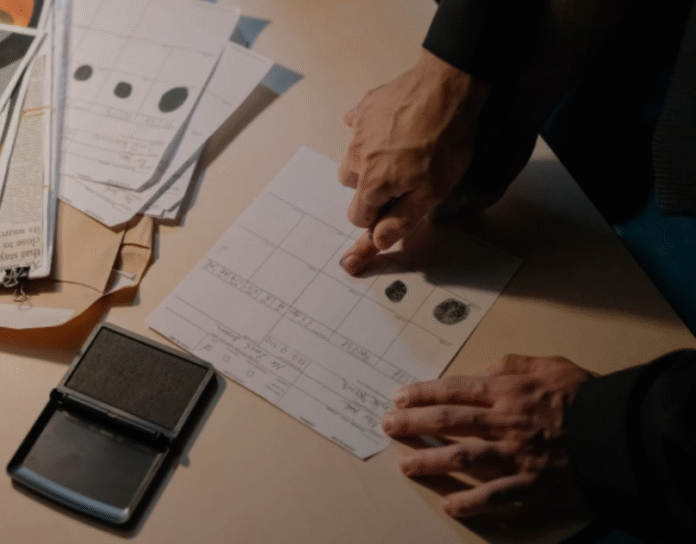Digital forensic investigation is one way to figure out what went wrong when private files were stolen or lost. It’s easy to share and store information online. But with this ease comes the risk of someone breaking into private data. When a breach happens, it’s important to find out how, when, and why it occurred. This type of inquiry helps track what happened during a data loss or online attack. It can also help get back lost files and keep things safe from future problems. For businesses, this kind of service is a must when there’s a risk to personal or company files. The goal is to understand the source of the issue and stop it from happening again.
How Professionals Track and Solve Data Crimes
Experts who work in digital forensics and investigations study all kinds of online issues. These include data theft, email scams, insider leaks, and online threats. Their job is to look for clues that show how a crime happened using electronic tools and methods. Each clue helps paint a full picture of the incident.
Here’s what their work often includes:
- Email Scams: Tracking fake messages that trick people into giving up personal info.
- Malware Attacks: Finding harmful software that locks or steals files.
- Inside Jobs: Spotting team members who may share or misuse company info.
- File Loss: Learning why important files disappeared and if they can be recovered.
- Online Misuse: Checking if someone used the web at work in the wrong way.
- Social Media Risks: Seeing if posts reveal private details or plans.
All of these problems need close review. Experts use computer systems, file checks, and past user actions to figure it out. They gather this data and use it to explain what took place.
Steps Taken During the Inspection Process
Once a problem is found, trained teams act fast. Their work moves through a few key steps:
- Quick Start: They begin as soon as a breach is noticed to stop more damage.
- Looking Closely: They study the issue to see how deep the damage is going.
- Finding the Cause: They search for the reason behind the data loss or hacking.
- File Recovery: They try to get back any removed or lost files.
- Report Making: They write down all the facts to help explain the issue.
- Fixing Weak Points: They suggest ways to stop the same thing from happening again.
This step-by-step process helps solve problems and protect systems in the future.
Tools and Skills That Make It Work
People who do this work must be sharp and pay close attention. They often use special tools to collect data and watch user actions. These tools may include:
- Tracking Software: To see what users did on a system.
- File Search Tools: To look through old or hidden records.
- Internet Use Logs: To track where users went online.
- Email Filters: To find fake or harmful messages.
- Recovery Programs: To bring back deleted or damaged items.
In addition to the tools, these experts must think like detectives. They check all the facts before they come to a decision. Their job is not just about tech. It’s about asking the right questions and finding clear answers.
The Types of Threats You May Face
Online risks come in many shapes. Here are a few that are common today:
- Ransomware: This locks your files until you pay the person who caused the damage.
- Fake Emails: These ask for private info or trick users into clicking dangerous links.
- Data Theft: This is when someone takes private files without asking.
- Employee Leaks: This happens when a team member shares secret info.
- Lost Files: These can disappear by accident or due to a system crash.
Each of these can be scary. But with the right support, the damage can be studied, stopped, and fixed.
Why Response Time Matters
When something goes wrong with a computer or system, acting fast is key. Waiting too long can make things worse. If harmful software is in place, it might keep spreading. If files are being stolen, more could be taken. That’s why trained teams act the moment a case is found. Their fast actions stop more trouble and help start the fix sooner.
Helping Legal Teams with Reports
Sometimes, when something goes wrong, legal action follows. A person or group may need to go to court. In these cases, the team writes down everything in a clear report. These reports are written in a way that lawyers and judges can understand. The notes include:
- What the issue was
- Who may have caused it
- What actions were taken
- How it was fixed
These documents can be used as proof in court if needed. This helps support a case and shows that the issue was handled correctly.
Practical Support That Builds Peace of Mind
Knowing that support is close when trouble strikes can bring comfort. With quick action, smart tools, and clear steps, your systems can recover faster. Trained experts are always ready to help figure out what happened, how to fix it, and how to stop it in the future. That’s the peace of mind every team or business needs when faced with a digital forensic investigation.
Need expert help with your case? Get expert support from Approved Group International and protect your important data before it’s too late.



